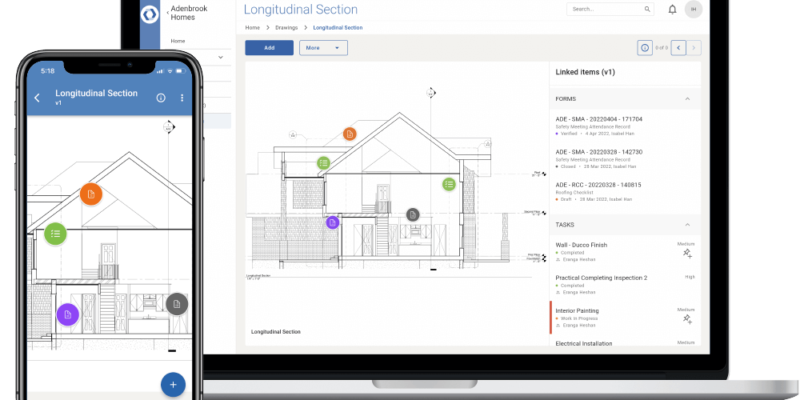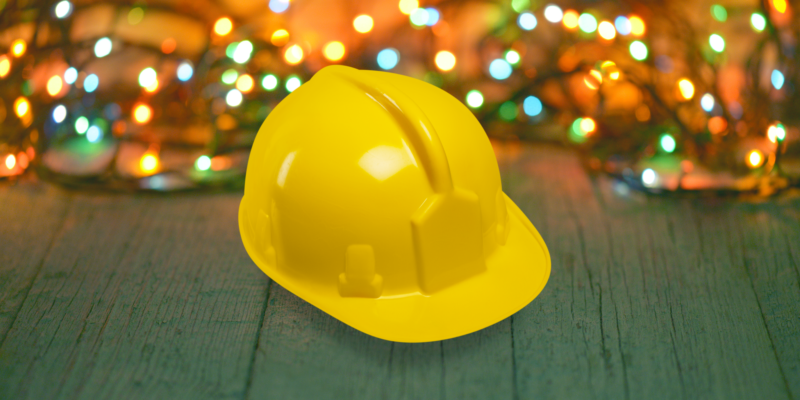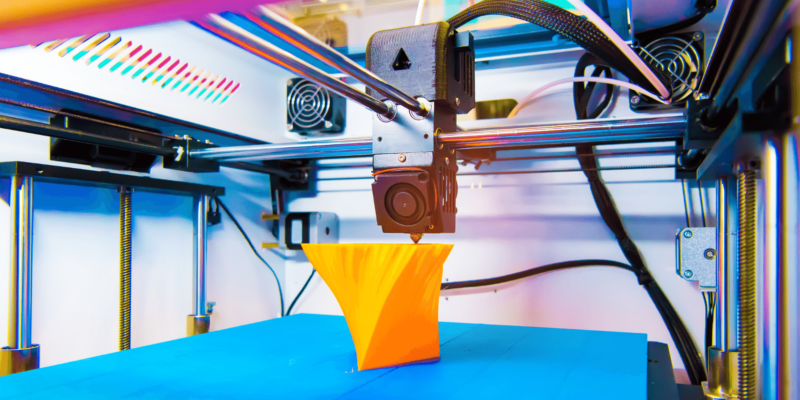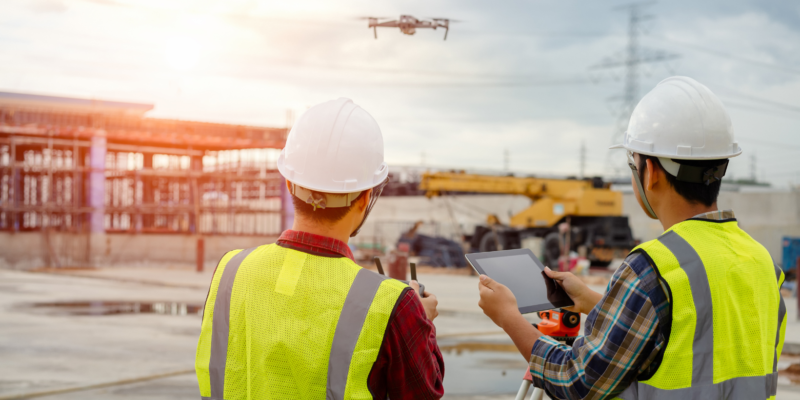On Sunday, over 99 million viewers sat down with friends and family to eat tasty snacks and watch Philadelphia take on Kansas City in the 57th Super Bowl. Whether you were rooting for the Eagles, the Chiefs, or Rihanna, it was hard not to be impressed by the incredible State Farm Stadium.
In fact, it made the construction enthusiast in me wonder how much time, energy, and money goes into building these Super Bowl stadiums. Here’s what I found out about stadiums across the NFL:
Most Expensive: SoFi Stadium
Home of the LA Rams and LA Chargers, it took almost four years and $5.5 billion to build this stadium in Inglewood, CA. One of the most expensive parts of building this stadium was making it earthquake proof. The field is sunk down into the ground, keeping it from interrupting the flight patterns of nearby LAX and to protect it from seismic damage. It has 70,240 seats for average game days, but can expand to 100,240 for major events like the Super Bowl.
Biggest: MetLife Stadium
This stadium, which opened in 2010, boasts 82,500 seats in East Rutherford, NJ. Home of both the New York Giants and the New York Jets, it cost $1.6 billion to construct and was built in a little under 3 years. Beyond being the largest stadium in the NFL, MetLife Stadium was voted the “Greenest Stadium” by the EPA. The stadium is built with environmentally friendly materials; uses compostable plates, cups, and utensils throughout its restaurants; and has multiple strategies for reducing air pollution and conserving water.
Oldest: Soldier Field
Home of the Chicago Bears, this stadium originally opened in 1924. It is also the smallest NFL stadium, with seating for 61,500 people. The original structure cost $13 million and took over two years to construct. Soldier Field also holds the unusual record of having 24,000 seats removed in 36 hours in 2002, when renovations began the same night they lost the playoffs to the Philadelphia Eagles in 2003, with tailgators still in the parking lot. The renovations were completed in 2003 for $632 million.
Loudest: Arrowhead Stadium
One of the oldest on this list, Arrowhead Stadium broke ground in 1968, and was built in a little over four years for $43 million. Home of the Kansas City Chiefs, It has been renovated multiple times, with the most recent addition of retrofitted high definition video displays and digital ribbon board technology being added in 2010. In a game on September 29th, 2014, against the New England Patriots, the crowd hit 142.2 decibels, breaking the record for the loudest stadium. We’ll see if it happens again in a few years, as Arrowhead Stadium has been selected as one of the hosts for the 2026 FIFA World Cup.
Cheapest: Lambeau Field
Known as the ‘Frozen Tundra’, Lambeau Field was initially opened in 1957 after a year and $960,000 in construction costs. Home of the Green Bay Packers, it was the first stadium built specifically for an NFL franchise (previously, facilities were either shared with major league baseball teams or in other shared facilities). It underwent major renovations in 2003, which increased available seating to 81,441 seats. However, even with increased seating, Green Bay tickets are a hot commodity and the Packers have sold out every single game since 1960.
No matter what team you root for, we hope you had the opportunity to spend the day watching the Super Bowl with your friends and family. And remember, whether you’re building a football stadium or renovating your backyard so you can play catch with the kids, Steadfast, LLC is here for all of your equipment rental and staffing needs.










